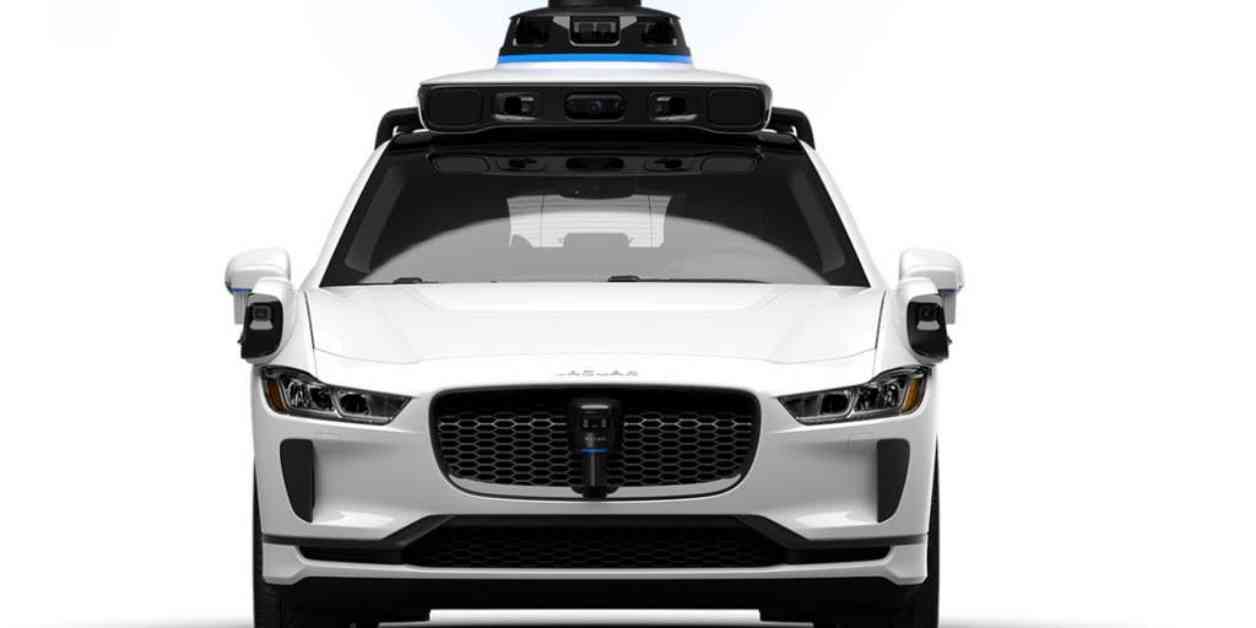The future of urban transportation has arrived in San Francisco with the introduction of driverless taxis by Waymo, the Google-owned autonomous vehicle pioneer. This new technology promises safer roads, reduced traffic, and a whole new way of getting around the city. Now, anyone in San Francisco can hail a driverless Waymo ride by simply downloading the app, marking the end of the exclusive invite requirement. With over 300,000 people already signed up on Waymo’s waiting list, it’s clear that there is a high demand for this service.
Waymo isn’t just changing how people move around the city; it’s also impacting the social and economic landscape of San Francisco. About 30% of Waymo rides are to local businesses, potentially providing a boost to the local economy. Additionally, over half of Waymo riders have used the service for medical appointments, and 36% use it to connect to other forms of transit like BART or Muni. It’s not just a taxi service; it’s becoming an essential part of the city’s transportation system.
One of the key advantages of Waymo’s fleet is that it is all-electric and uses 100% renewable energy from the city’s CleanPowerSF program. This has helped reduce carbon emissions by an estimated 570,000 kilograms since August 2023. The impact of Waymo isn’t limited to San Francisco; the robotaxi service is also available in Los Angeles, Phoenix, and soon in Austin, Texas.
Waymo claims to have an unparalleled safety record, with statistics suggesting that its driverless cars are safer than human-operated vehicles. However, the National Highway Traffic Safety Administration (NHTSA) has opened an investigation into Waymo following 22 incidents involving the self-driving technology. This investigation serves as a reminder that there are still challenges to overcome as we move towards a driverless future.
It’s not just Waymo facing scrutiny; other companies like Zoox, Ford, Tesla, and GM’s Cruise are also under the NHTSA’s microscope as autonomous technology becomes more prevalent. While the idea of driverless cars promises safer roads and increased accessibility, there are still concerns about trusting algorithms and sensors with our lives. Additionally, the potential impact on jobs in the transportation sector is a significant consideration.
Whether you’re excited about the future of driverless technology or skeptical about its implications, it’s clear that robotaxis are here to stay. The way we get from point A to point B is rapidly evolving, and it’s essential to consider the broader implications of this technological shift on society. Stay informed about the latest tech tips and security alerts by subscribing to the CyberGuy Report Newsletter.



